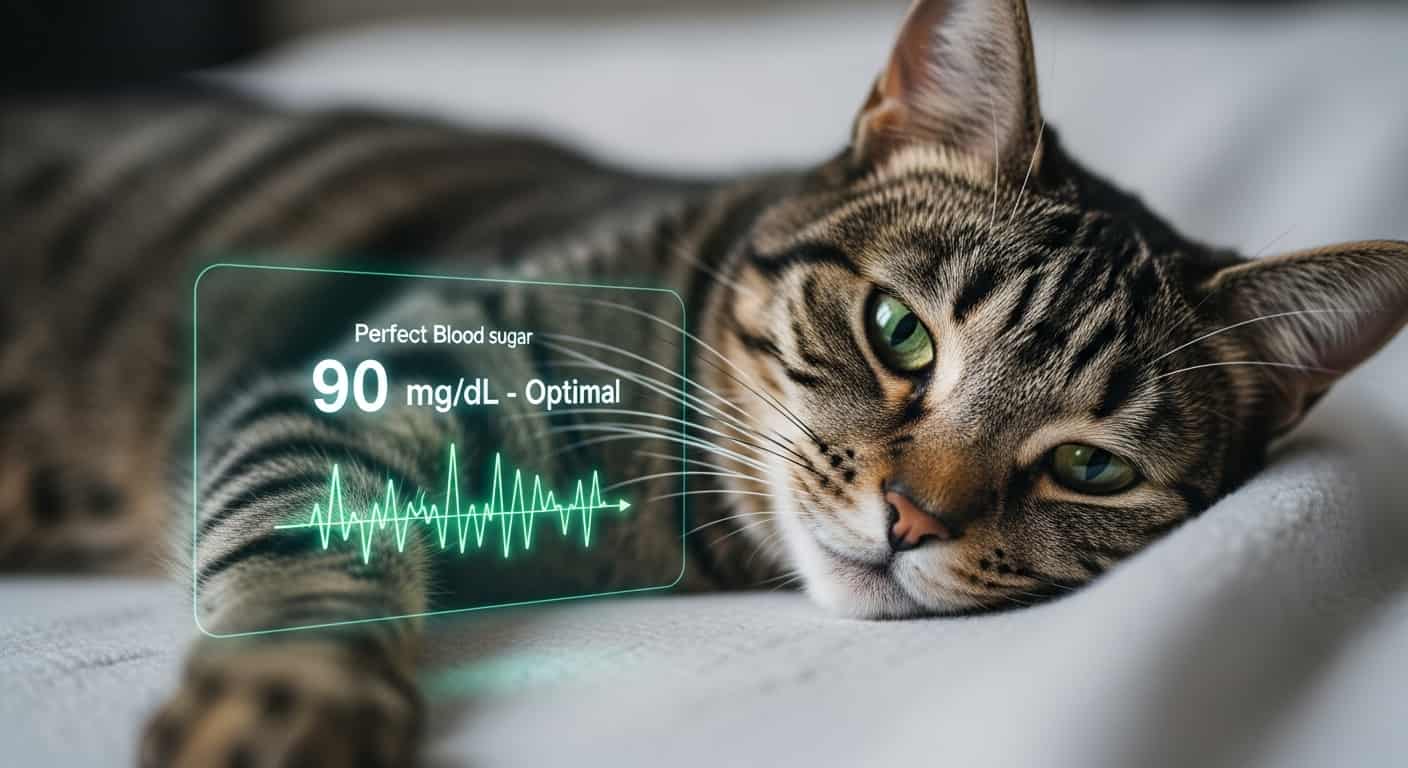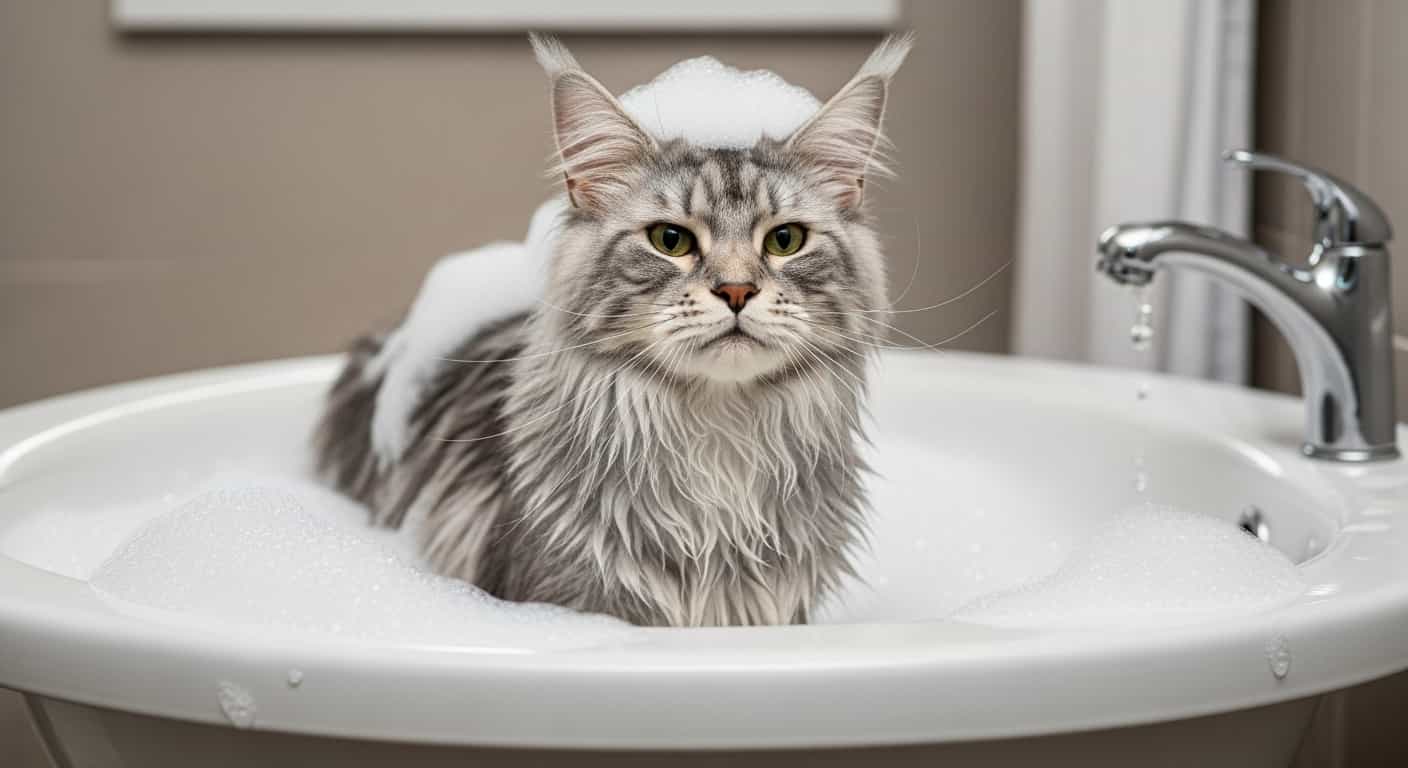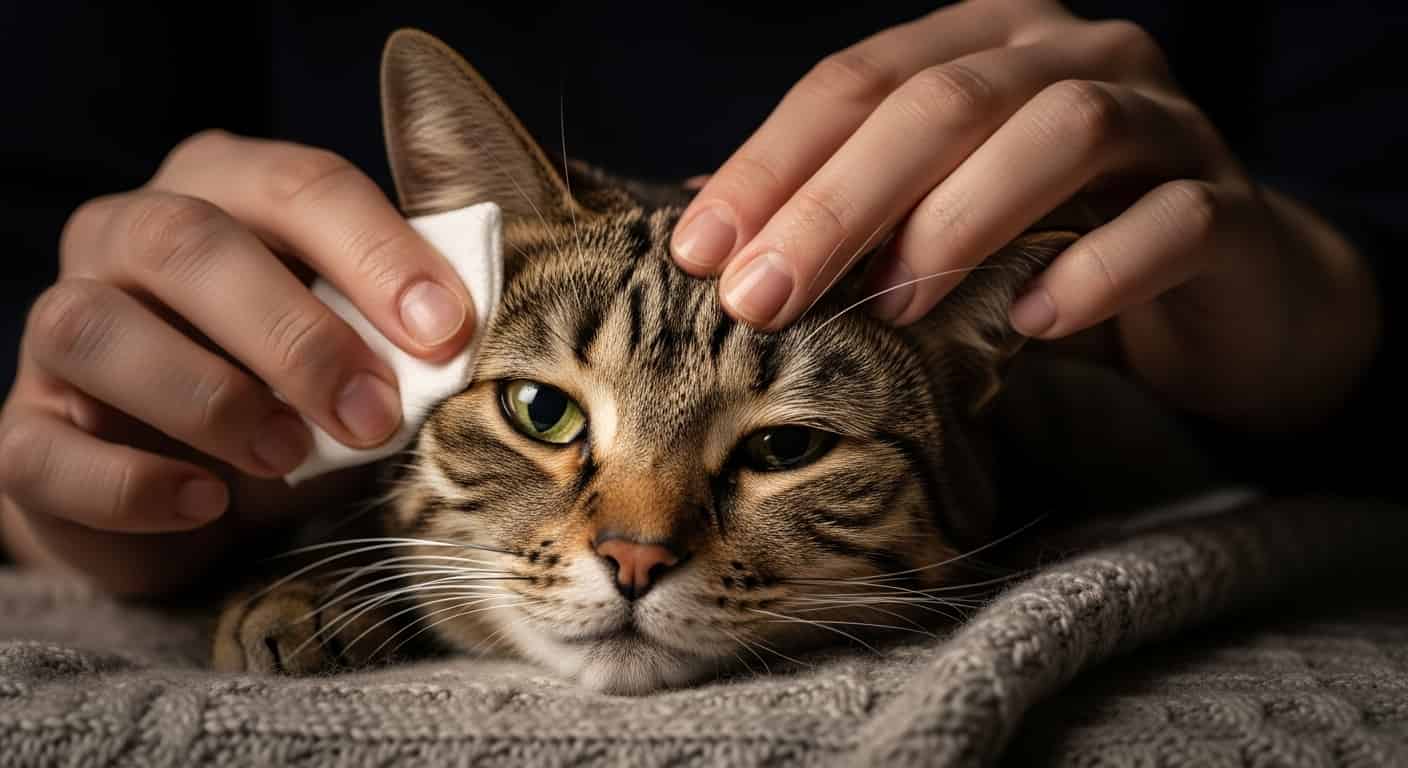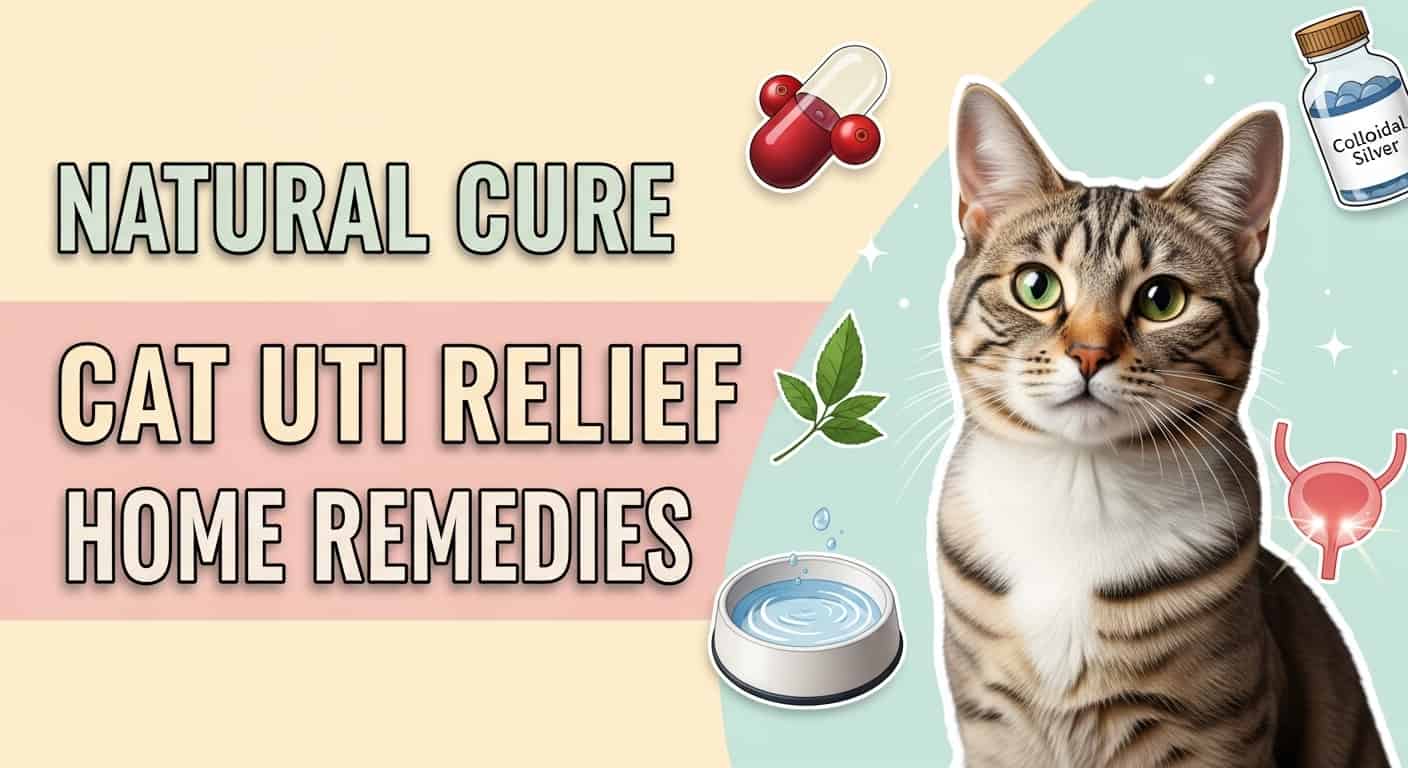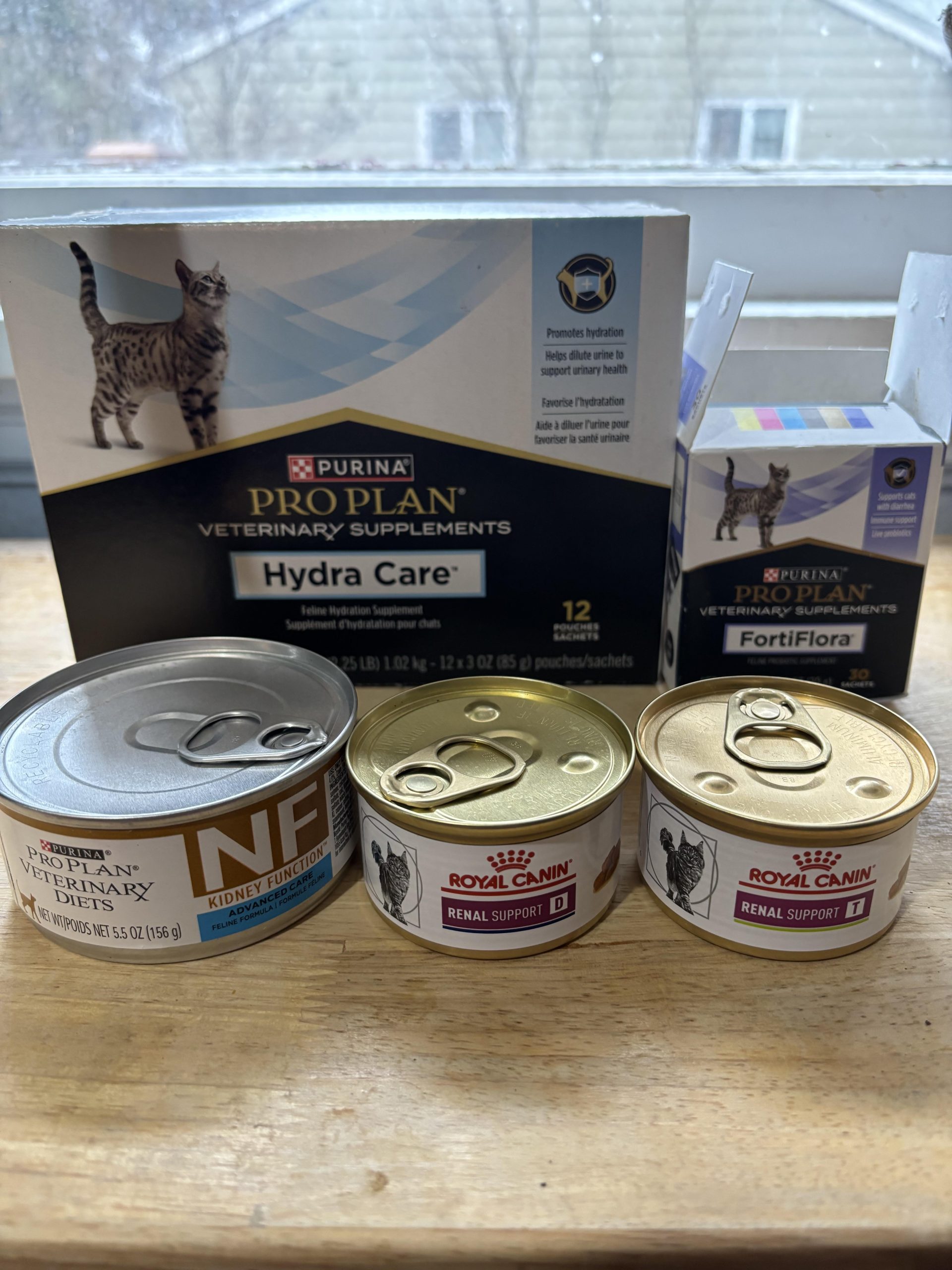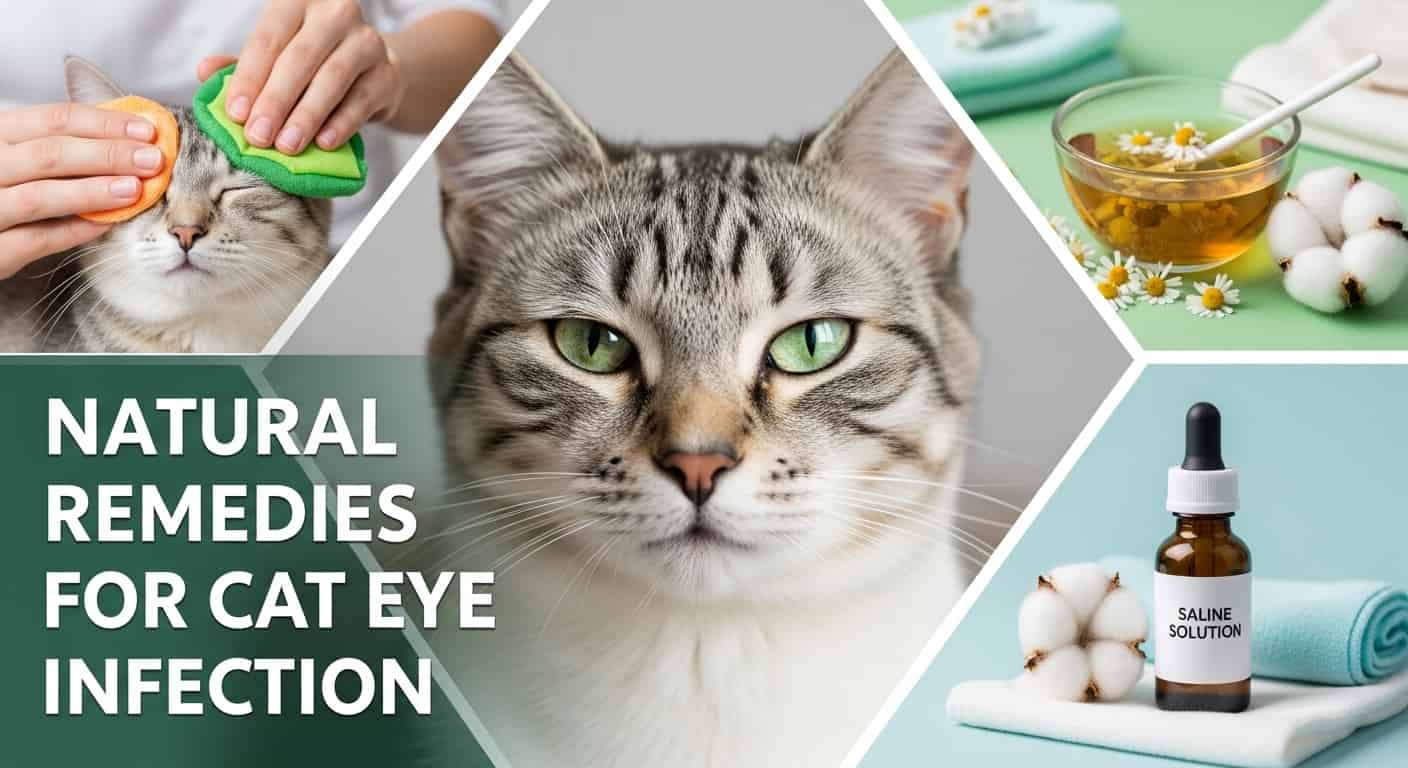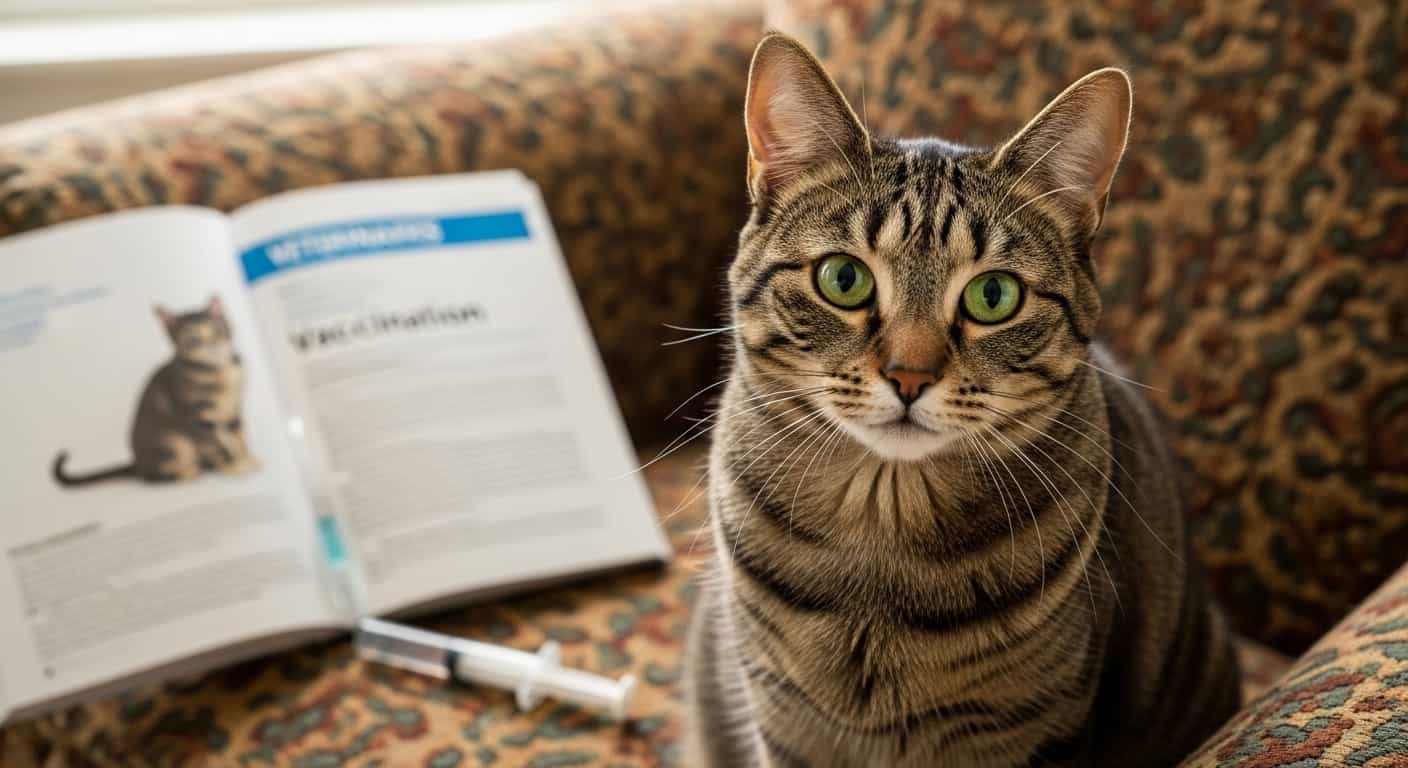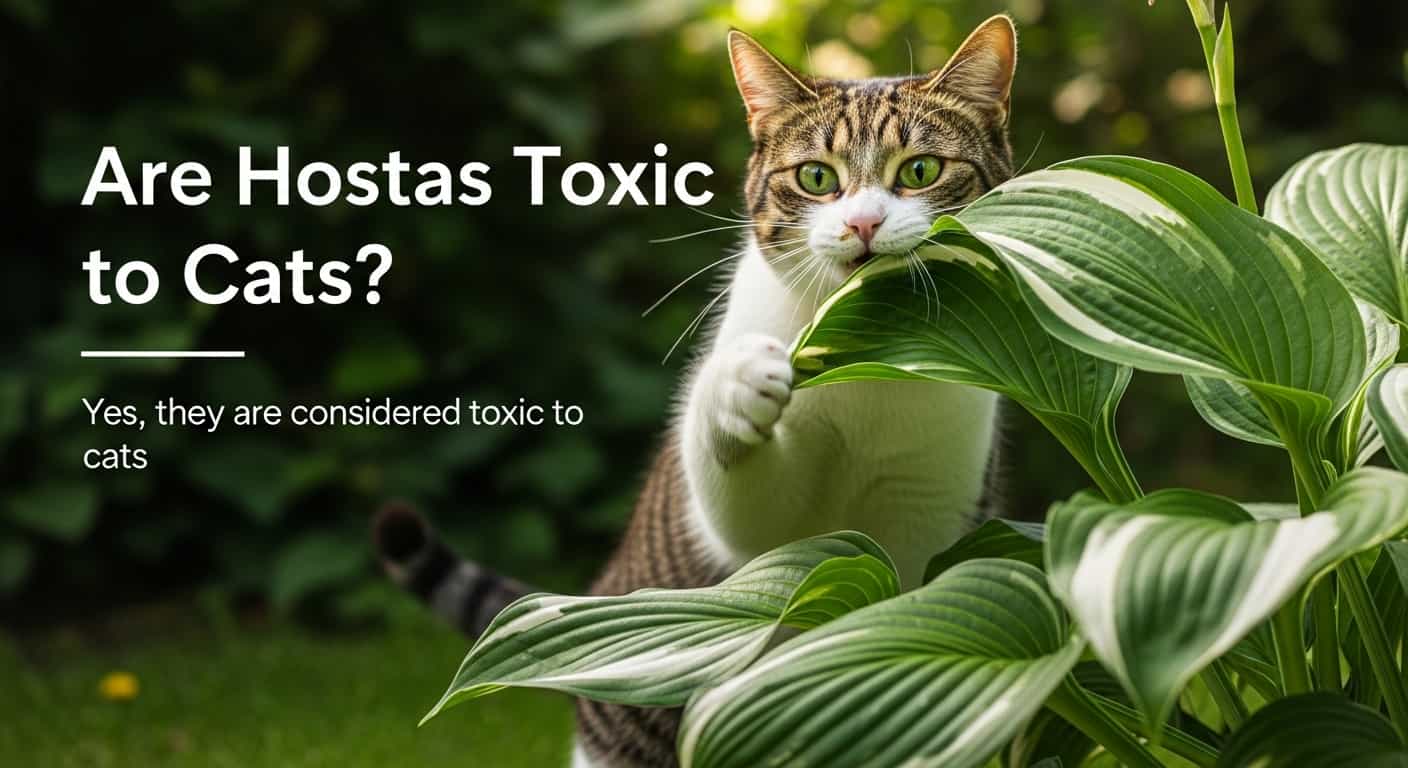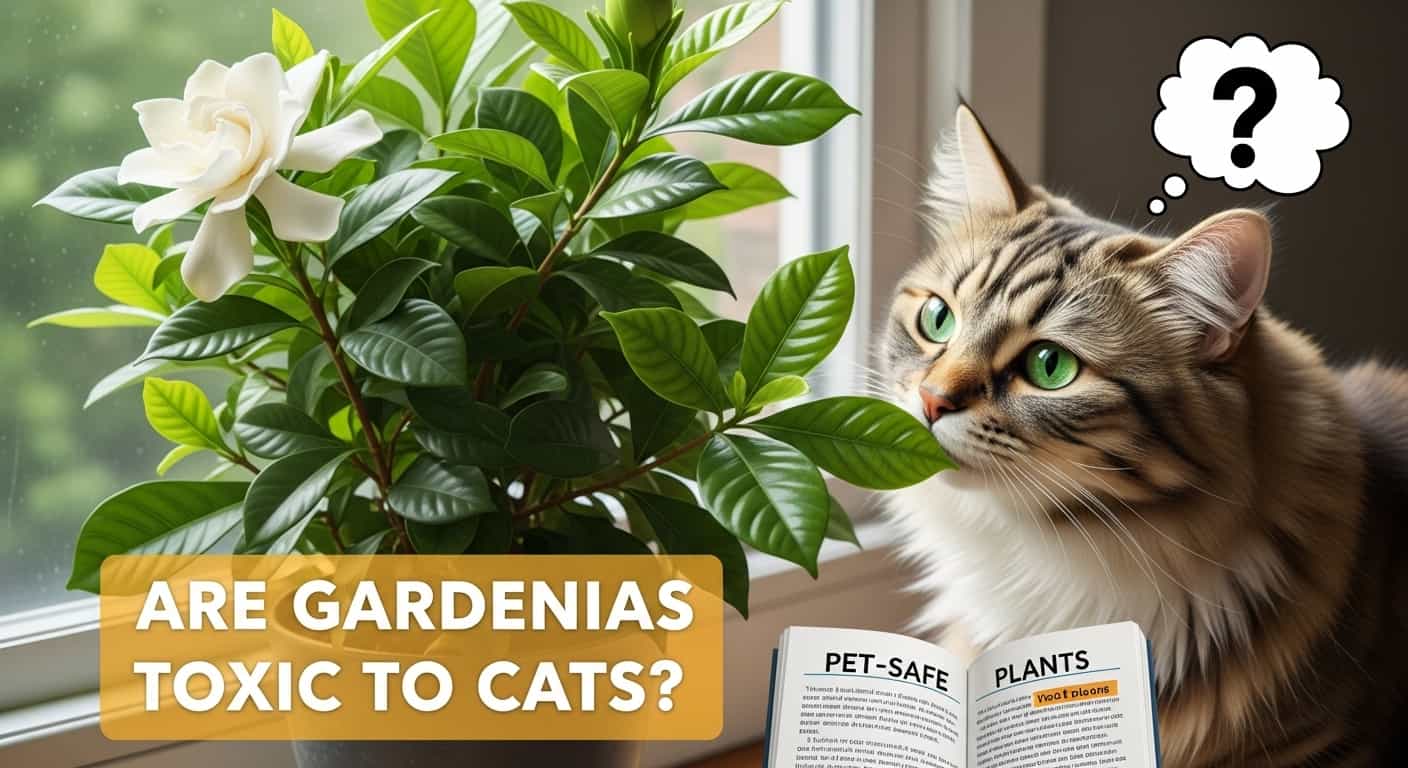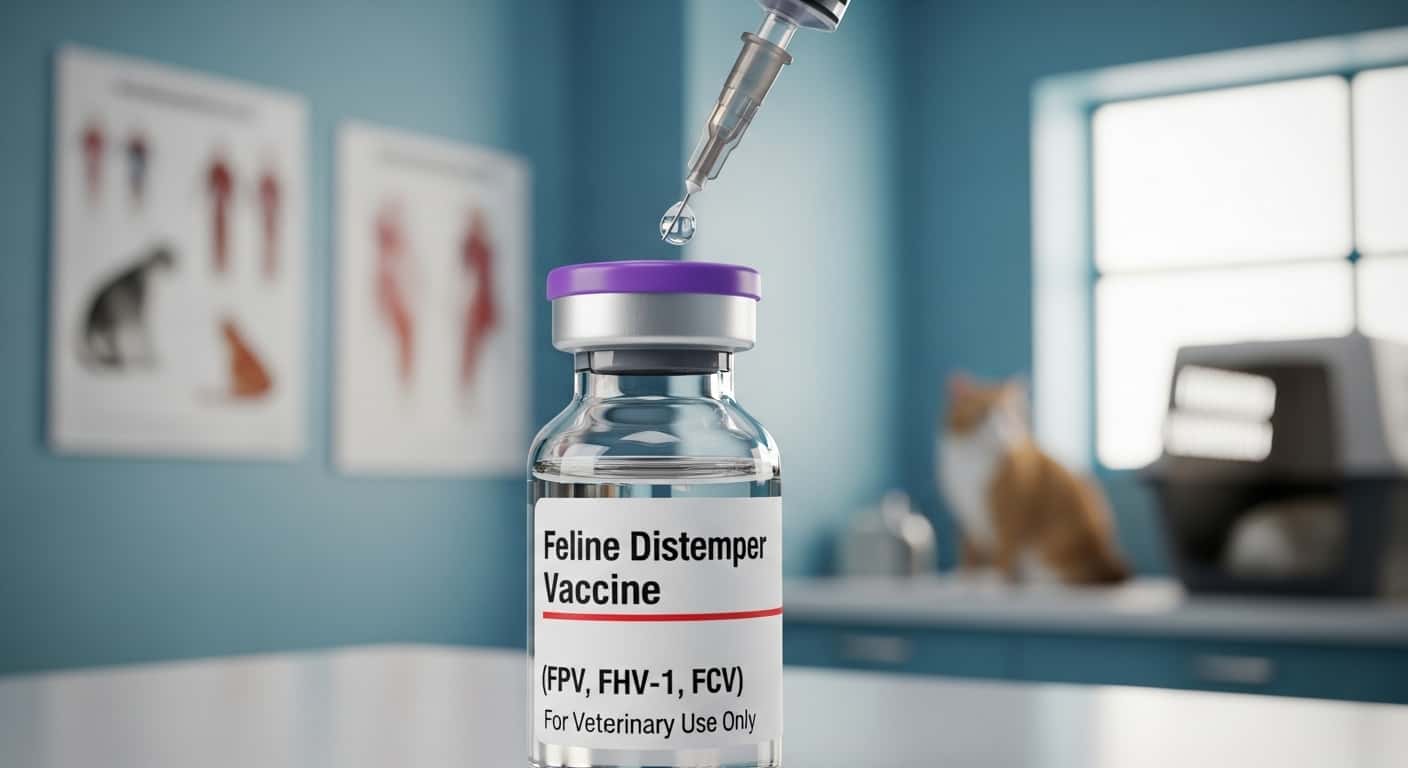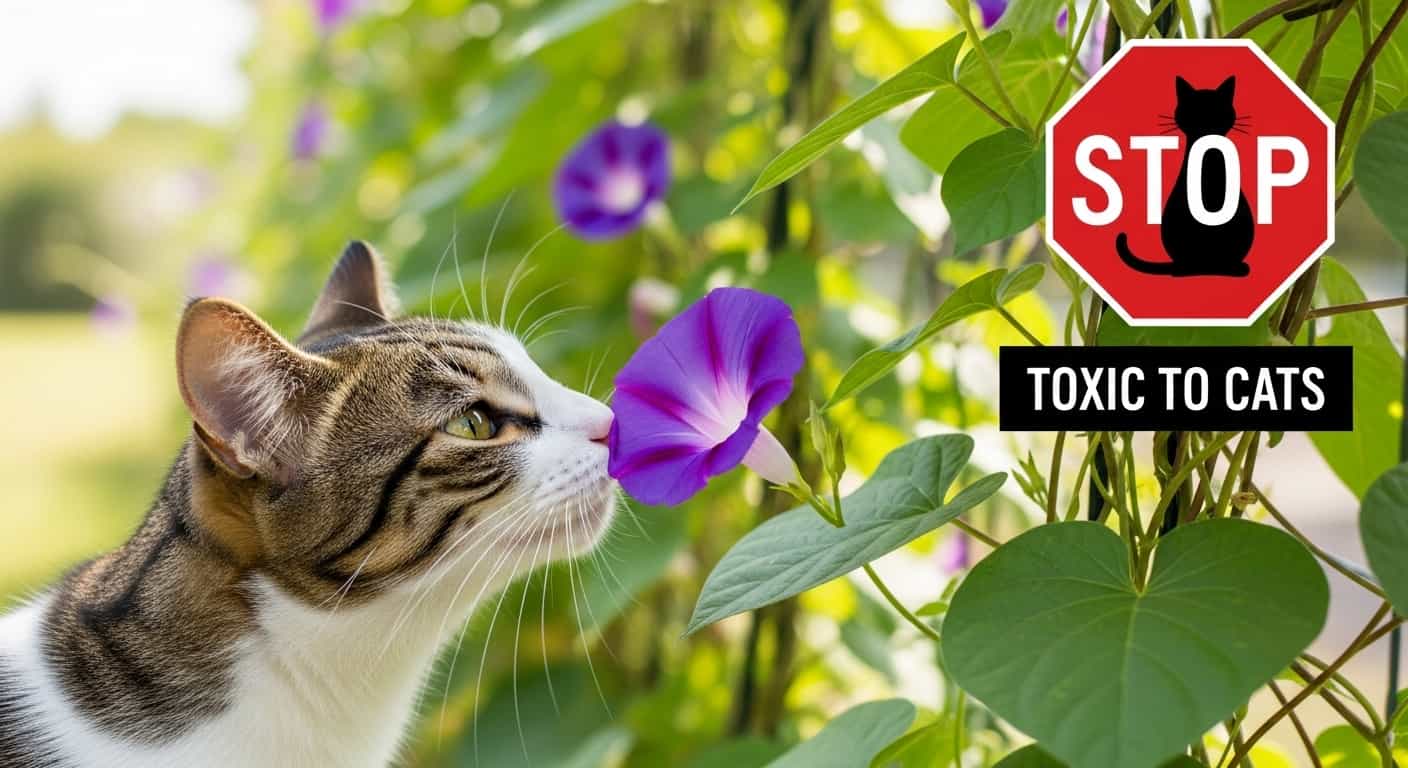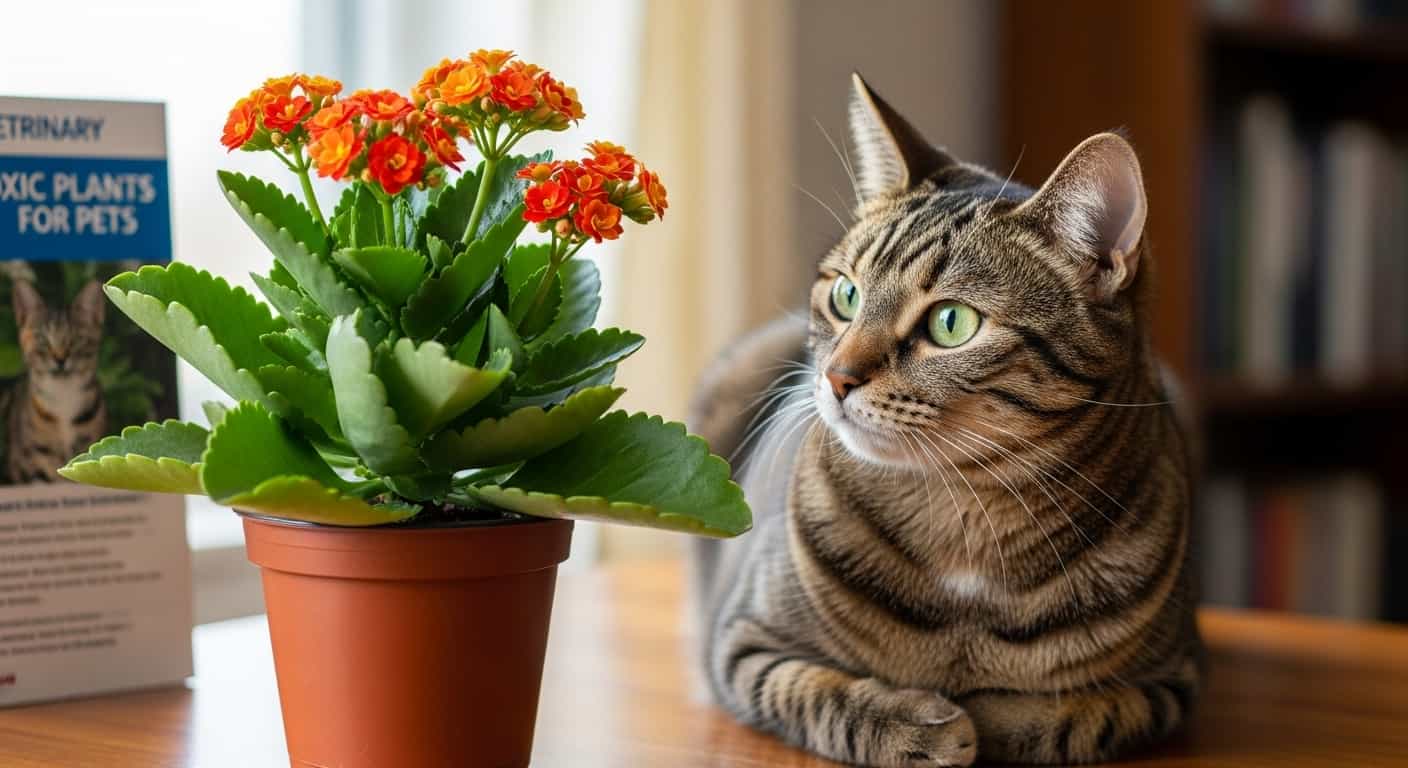Imagine this: you’re enjoying a peaceful afternoon in your garden, surrounded by vibrant flowers. Suddenly, you notice your cat sniffing around a patch of foxglove.
Table of Contents
ToggleYou pause, wondering if this beautiful plant is safe for your furry friend. This moment of doubt is common among cat owners. After all, our pets are like family, and their safety is our top priority. In the following article, you’ll discover the truth about foxglove and its effects on cats.
You’ll learn about the potential risks and how to create a safe environment for your curious feline. By the end, you’ll have the knowledge to protect your cat from hidden dangers in your garden. Keep reading to find out how to ensure your pet’s safety while enjoying the beauty of your outdoor space.

Credit: www.reddit.com
Foxglove Plant Basics
Understanding the basics of the foxglove plant is crucial, especially if you have a curious cat roaming your garden. While these plants are undeniably beautiful, they can pose a hidden threat to your feline friends. Knowing how to identify foxgloves and understanding their varieties will help you keep your cat safe while still enjoying your garden’s beauty.
Physical Characteristics
Foxgloves are known for their tall, striking spikes covered with tubular flowers. These plants can reach heights of up to six feet, making them a prominent feature in any garden. The flowers come in shades of purple, pink, white, and yellow, often with spotted throats that add to their allure.
The leaves of the foxglove plant are long and oval-shaped, with a slightly fuzzy texture. They grow in a basal rosette at the base of the plant. This unique combination of height and vibrant color makes the foxglove an attractive choice for gardeners looking for a show-stopper.
Common Varieties
There are several varieties of foxglove, each with its unique charm. The most common type is the Digitalis purpurea, which you might recognize by its classic purple blooms. This variety is often the one found in gardens and is known for its stunning appearance.
Other popular varieties include Digitalis grandiflora, which produces yellow flowers, and Digitalis lanata, known for its woolly leaves and cream-colored blooms. Each variety has its own appeal, but all share the same potential risk to cats.
As a gardener, you might be drawn to the diversity of the foxglove, but it’s important to weigh the beauty against the potential danger. Have you ever wondered if the aesthetic appeal is worth the risk? Keeping your feline companion safe should always be a top priority.

Credit: www.petpoisonhelpline.com
Here's a related post that you might find useful. Cat Swollen Eye Treatment at Home: Easy Remedies for Quick Relief
Toxicity In Foxglove
Foxglove plants are highly toxic to cats, causing severe heart issues if ingested. Even small amounts can be dangerous. Keep these plants out of reach to ensure your cat’s safety.
Foxglove is a plant that’s both beautiful and dangerous. If you have a cat, you need to know about its toxicity. Many people admire foxglove for its vibrant flowers, but it harbors hidden dangers, especially for our furry friends. Understanding the toxicity in foxglove is crucial for pet owners. This knowledge can help you make informed decisions about your garden and your pet’s safety.Toxic Compounds
Foxglove contains several toxic compounds, with digitalis being the most notorious. These compounds affect the heart, which is why they are used in some medicines for humans. However, even a small amount can be dangerous for cats. The toxins are present in all parts of the plant. This includes the flowers, leaves, and even the seeds. If your cat nibbles on any part of the foxglove, they could ingest these harmful substances.Effects On Animals
When cats ingest foxglove, the effects can be severe and rapid. Symptoms may include vomiting, diarrhea, and changes in heart rate. In some cases, it can lead to more serious conditions like heart failure. If you notice your cat behaving unusually or showing symptoms after being near foxglove, seek veterinary care immediately. Quick action can make a significant difference in the outcome. Have you ever thought about what plants your cat has access to? Keeping a close eye on both indoor and outdoor environments is vital. If foxglove is part of your garden, consider removing it or blocking access to ensure your cat’s safety. Protecting your pet from toxic plants is a responsibility that requires vigilance. Just as you would child-proof your home, think about making it safe for your furry family members too.Here's a related post that you might find useful. Natural Cure for Cat Bladder Infection: Effective Remedies That Work
Symptoms Of Poisoning In Cats
Foxglove is a beautiful but dangerous plant for cats. Its vibrant blooms hide a toxic secret. Cats are curious creatures. They might nibble on foxglove leaves or flowers. This can lead to poisoning. Recognizing symptoms early is crucial. It can save your feline friend from severe health issues.
Early Warning Signs
Initial symptoms might be subtle. Your cat might seem off. Look for changes in behavior. Lethargy is common. Your cat might sleep more than usual. Vomiting can occur. It may start suddenly. Check for drooling or panting. This indicates distress. Cats might lose interest in food. Appetite changes are key. Keep an eye on heart rate. Rapid heartbeats are alarming.
Severe Reactions
Severe symptoms need urgent attention. Diarrhea can become frequent. It might be watery and persistent. Weakness is another severe sign. Cats might struggle to walk. Seizures are alarming. They require immediate veterinary help. Heart failure might occur. This is life-threatening. Breathing difficulties can develop. Watch for labored breathing. Loss of coordination is serious. Cats might stumble or fall. Immediate vet care is essential.

Credit: www.avonvets.co.uk
Immediate Steps For Suspected Poisoning
Foxglove is a beautiful plant. But it poses a risk to cats. If you suspect your cat has ingested foxglove, act fast. Quick action can be lifesaving. Knowing the right steps is crucial. Below are immediate steps you can take.
Initial Actions
First, remove your cat from the plant area. This prevents further ingestion. Check your cat for symptoms. Look for signs like vomiting, drooling, or lethargy. If you see plant material, carefully remove it. Do not induce vomiting without advice. Keep your cat calm and safe. Gather any plant pieces. They may be useful for the vet.
When To Contact A Veterinarian
Contact your veterinarian immediately. Time is critical with foxglove poisoning. Explain the situation clearly. Provide details of the exposure. Take note of symptoms. Be ready to visit the vet if advised. Even if symptoms are mild, seek professional help. Delaying can worsen the situation. Foxglove affects the heart. Early treatment improves outcomes.
Preventing Foxglove Exposure
Foxglove, a beautiful yet dangerous plant, can pose a serious threat to your feline friends. Its vibrant blooms might catch your eye, but they can be toxic if ingested by cats. Ensuring your furry companions are safe from foxglove exposure is crucial. This means taking proactive steps to safeguard both your home and outdoor spaces. Let’s dive into some practical tips that can help you keep your cats safe from this toxic plant.
Home Safety Tips
Begin by identifying any foxglove plants within your home. Whether you have potted plants or fresh cut flowers, ensure they are out of reach of curious paws. Consider placing these plants in areas your cat cannot access, such as high shelves or rooms they don’t frequent.
If you have indoor plants, it’s wise to label them. This way, you can quickly identify which ones might pose a risk. You might also use deterrents like citrus peels or sprays; cats usually dislike these scents and will stay away.
Think about your cat’s habits. Do they love to explore? If so, you might need to take extra precautions. Sometimes, simple barriers or decorative screens can effectively block their path to danger.
Outdoor Precautions
Your garden is another area where foxglove might flourish. Regularly inspect your outdoor spaces for these plants. If you find any, consider relocating them or replacing them with cat-safe alternatives like lavender or rosemary.
Creating a designated cat-friendly area in your garden can also work wonders. Use fencing to keep cats away from potentially hazardous plants. Fill their space with non-toxic plants and fun toys to keep them entertained.
Visualize the neighborhood landscape. Are there foxgloves in nearby gardens that your cat might wander into? If so, consider supervising outdoor time or implementing protective measures like a leash or enclosed play areas.
As a cat owner, your vigilance is key to their safety. Have you ever had to take unexpected measures to protect your pet? Share your story and tips below—your insights could be invaluable to fellow cat lovers!
Safe Alternatives For Cat-friendly Gardens
Foxglove poses a serious risk to cats as it is highly toxic. Consider cat-friendly plants like catnip and lavender for your garden. These alternatives provide a safe environment while adding beauty and fragrance.
Creating a cat-friendly garden doesn’t mean sacrificing beauty or variety. While foxglove’s vibrant blooms are undeniably attractive, its toxicity to cats poses a serious risk. Fortunately, there are many safe alternatives that allow you to enjoy a flourishing garden without compromising your feline friend’s well-being. Let’s explore some options to create a safe and delightful outdoor space for your cats.Non-toxic Plant Options
There are plenty of plants that are both beautiful and safe for your cats. Spider plants are a fantastic choice; they’re easy to grow and their arching leaves add a dramatic flair. Catnip not only delights cats but also adds a touch of green to your garden. Consider adding bamboo palm for a tropical feel. Its lush greenery is non-toxic and provides a lovely contrast to flowering plants. Lavender can also be a wonderful addition. Although it’s not specifically attractive to cats, its aromatic presence is a win for you.Creating A Safe Environment
It’s important to think beyond just the plants. Ensure that any fertilizers or pest control solutions you use are pet-safe. Opt for natural, organic products to keep your garden healthy and your cats safe from harmful chemicals. Consider creating a designated area for your cats to explore. Use soft mulch or sand to create a comfortable ground cover. You could also add cat-friendly features like perches or tunnels to make the garden more engaging for them. Have you ever noticed your cat chewing on leaves or flowers? This is a natural behavior, so it’s crucial to ensure those plants are safe. By making careful choices and monitoring your garden’s contents, you can create a sanctuary where both your plants and cats can thrive. Engage with your garden and your cat simultaneously. Have you tried planting cat grass to give them a safe munching option? Such small steps can make a big difference in ensuring your garden is both a haven for you and a safe playground for your feline companions.Educating Yourself And Others
Foxglove, a common garden plant, poses a serious risk to cats due to its toxic properties. It’s crucial to recognize the danger and keep cats away from it. Educating yourself and others about this hazard can prevent accidental poisoning and ensure pet safety.
Educating yourself and others about foxglove toxicity is essential for pet safety. Foxglove, known for its beautiful blooms, poses a threat to cats. Many pet owners are unaware of its dangers. Sharing knowledge can prevent unfortunate incidents. By spreading awareness, you protect pets and educate communities. Understanding foxglove’s effects on cats helps foster a safer environment.Resources For Pet Owners
Pet owners need reliable sources to learn about foxglove toxicity. Online platforms offer guides on poisonous plants. Veterinary websites provide detailed information. Books on pet safety can also be valuable. Local libraries may have resources on plant toxicity. Discussing with veterinarians can give insights into prevention. Joining pet forums allows sharing experiences and advice. Social media groups focused on pet care can be informative. Consider subscribing to newsletters from pet organizations. Accessing varied resources strengthens awareness.Community Awareness
Community awareness plays a vital role in pet safety. Hosting workshops can educate locals about plant hazards. Flyers distributed in neighborhoods can spread information quickly. Schools can include lessons on pet safety in their curriculum. Local gardening clubs can discuss safe plant choices. Community centers could host events about toxic plants. Neighbors sharing stories raise awareness effectively. Town hall meetings might address common pet dangers. Encourage local media to cover stories about foxglove risks. Community support ensures a safer environment for pets.Frequently Asked Questions
Is Foxglove Poisonous To Cats?
Yes, foxglove is highly toxic to cats. It contains cardiac glycosides, which can cause serious heart and digestive issues. Even small amounts can be dangerous. If you suspect your cat has ingested foxglove, seek veterinary care immediately.
What Symptoms Do Cats Show After Foxglove Ingestion?
Cats may exhibit symptoms like vomiting, diarrhea, and drooling. They may also experience lethargy, tremors, or an irregular heartbeat. Immediate veterinary attention is crucial if your cat shows these symptoms after potential foxglove exposure.
How To Prevent Cats From Eating Foxglove?
To protect your cat, avoid planting foxglove in areas they can access. If you have foxglove, keep it fenced or in pots out of reach. Educate yourself about other toxic plants to maintain a safe environment for your pet.
Can Foxglove Exposure Be Fatal For Cats?
Yes, foxglove exposure can be fatal for cats if not treated promptly. The plant’s toxins can severely affect a cat’s heart and digestive system. Quick veterinary intervention is vital to prevent serious health complications or death.
Conclusion
Foxglove poses a serious risk to cats. Its beautiful flowers hide danger. Even a small amount can be toxic. Symptoms may include vomiting and heart issues. Always keep foxglove away from your cat’s reach. Consider safer plants for your home and garden.
If ingestion occurs, contact a vet immediately. Quick action can save your cat’s life. Awareness is key. Protect your furry friend from harm. Your cat’s safety depends on your choices. Stay informed and cautious. Choose cat-friendly plants. Your pet’s health matters.
Keep your home a safe haven for them.



